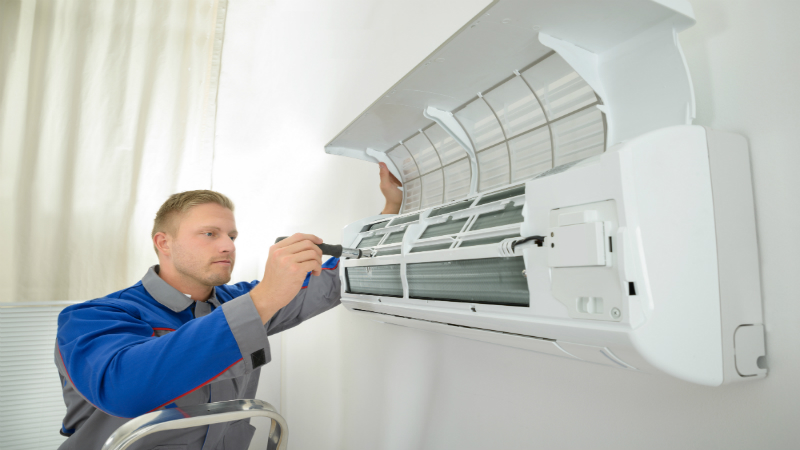As the temperatures drop and winter settles in, your furnace becomes a vital component of your home’s comfort and safety. However, like any mechanical system, furnaces can experience wear and tear over time, leading to malfunctions or breakdowns. In this blog post, we’ll discuss some common signs that indicate you may need furnace repair near Denver, CO, so you can address issues promptly and keep your heating system running smoothly.
Weak or Inconsistent Heating
If you notice that your home isn’t heating up as efficiently or evenly as it used to, it could be a sign of a furnace problem. Weak or inconsistent heating may indicate issues with the furnace’s heating elements, blower motor, or airflow. If certain rooms in your home feel colder than others or if you’re constantly adjusting the thermostat to maintain a comfortable temperature, you may need to contact a professional for furnace repair near Denver, CO.
Frequent Cycling On and Off
Furnaces are designed to cycle on and off periodically to maintain a consistent indoor temperature. However, if you notice that your furnace is cycling on and off more frequently than usual, it could indicate a problem with the thermostat, airflow, or heat exchanger. Frequent cycling can not only lead to increased energy consumption but also put unnecessary strain on your furnace components, leading to premature wear and potential breakdowns.
Yellow Pilot Light
If your furnace has a pilot light, it should burn blue, indicating that it’s receiving the proper mixture of gas and air for combustion. A pilot light that burns yellow instead of blue could indicate a problem with the furnace’s combustion process, such as a lack of oxygen or the presence of carbon monoxide. A yellow pilot light should be inspected by a professional immediately to ensure the safety of your home and family.
If your furnace has a pilot light, it should burn blue, indicating that it’s receiving the proper mixture of gas and air for combustion. A pilot light that burns yellow instead of blue could indicate a problem with the furnace’s combustion process, such as a lack of oxygen or the presence of carbon monoxide. A yellow pilot light should be inspected by a professional immediately to ensure the safety of your home and family.



